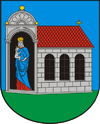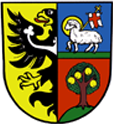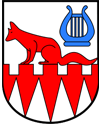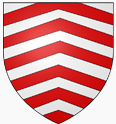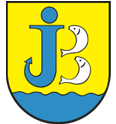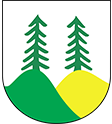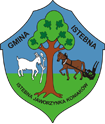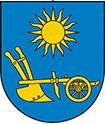Under the rule of the Habsburgs and Lorraine Dynasty (1653 - 1918)
The Habsburg dynasty as the rulers of Czech took over the land of the Cieszyn Princedom after the death of Elisabeth Lucretia - the last ruler of the Piast dynasty.
Economy and social affairs:
- The main activity of the inhabitants were still farming and shepherd works.
- The shortage of cultivated land led to a new kind of ownership – ‘spólnictwo’ – a kind of joint ownership of pieces of fertile land by members of family or even by strangers. This form of ownership was forced by growing tax liability.
- ‘The Spring of Peoples‘ (1848 – 1849) brought about some significant changes in the life of the inhabitants of Wisła: the serfdom was abolished, the citizens began to be equal in the eyes of the law and were able to influence the choice of their local authorities and above all affranchisement was introduced by the Basic Act of 1867.
- In 1853 an imperial law of Francis Joseph I prohibited grazing on the meadows which belonged to Cieszyn Komora. The consequences were devastating for the villagers and it was a slow decay of shepherd and farming economy.
Religious matters:
- In the second half of the XVII century the aim of the Habsburg policy was to re-catholicise their Cieszyn land in order to achieve religious unity.
- In 1654 all the protestant churches were taken away from the protestants in the area of Cieszyn Silesia, the church in Wisła was taken over by the catholic church. The inhabitants of Wisła were not only forbidden to profess their faith but they were also forced to pay a special tax for the catholic church which they did not approve. The protestant services were held secretly in the mountains, on Mount Bukowa, Mount Równica or at Malinowska Skała.
- The turning point was the Act of Tolerance issued in 1781 by Joseph II. It allowed the protestants to take part in religious services, build some houses of prayer (without a tower or an entrance from the side of the road) and build some schools.
- In 1782 the inhabitants of Wisła organized their first protestant church, built their first temple and a year later the first school building.
Emigration:
- Economical changes, bad crops, diseases and plaques resulted in emigration from Wisła, at first the main destinations were Slovakia and Hungary where large groups of emigrants settled and stayed (for example in Serbia in the village of Ostjicewo there is still a large group of their descendents). Later, at the turn of the XIX and XX centuries Germany and America became the main destinations of emigration from Wisła.
Education:
- The first school in Wisła was built in 1783 by the Lutheran Protestant church.
- The next schools were built in the valleys of Malinka (1871), Głębce (1874), Jawornik 1876 and Czarne (1878).
- The level of illiteracy in Wisła was very low (2 - 3 %) thanks to the chain of schools and , typical for protestant societies, high level of press and books readership. It was a very surprising fact especially for the visitors from the part of the country occupied by Russia where the level of illiteracy was of 80% of the people.
- In 1889 some teachers from Wisła – Jerzy Kubisz, Andrzej Cienciała and Józef Goszyk organized a Polish Teachers Society which later developed into Polish Educational Society.
- One of the most outstanding teachers from Wisła was Jan Śniegoń who opened the first library in the town in 1859, the first museum in 1862 and the first post office in 1874.
Tourism:
- In August, 1810 the first ‘tourist’ trip to Wisła was taken by the Prince of Pszczyna - Ludwik Anhalt Coethen - in the company of a Lutheran pastor from Wisła Jan Rakowski and two local guides – Szarzec and Wałach (the first two names of the Silesian Beskid guides). The result of the trip was a report with a very detailed description of Mount Barania and the panorama from the top of the mountain.
- In 1834 an expedition to the source of the Vistula river was organized by Apoloniusz Tomkowicz. In the 40s of the XIX century Wisła was visited by Wincenty Pol, Jan Kanty – Łobarzewski and Ludwik Zejszner.
- In the 80s of the XIX century, thanks to Bogumił Hoff, his son Bogdan and Julian Ochorowicz, Wisła was slowly gaining popularity as a tourist resort. Its climatic values made it a popular tourist destination for people from central Poland: Bolesław Prus (1900), Władysław Reymont (1901) or Maria Konopnicka (1902) among others.
- In the years 1897 – 1898 a Hunting Lodge was built by Fryderyk Habsburg in Przysłop on a slope of Barania Mount and in 1907 the construction of a mansion called the Castle was begun. The Castle was visited by Archduke Fryderyk and his wife Isabel several times and in 1915 the visitors to the Castle were: German Kaiser Wilhelm II with general Hindenburg and the Emperor of the Austrian-Hungarian Monarchy Charles II with general Hotzendorf.
- In 1908 a hydrotherapy institute ‘Źródła Wisły‘ was opened and 1911 Wisła was registered on the official list of tourist resorts by the National Government in Opawa.








